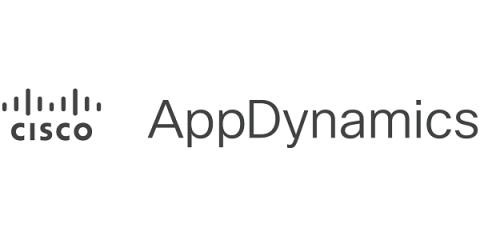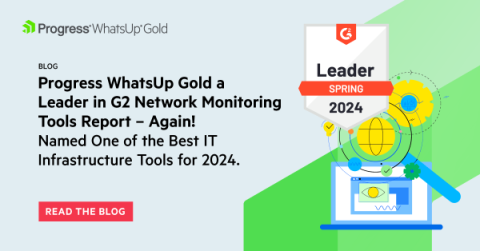Elastic's RAG-based AI Assistant: Analyze application issues with LLMs and private GitHub issues
As an SRE, analyzing applications is more complex than ever. Not only do you have to ensure the application is running optimally to ensure great customer experiences, but you must also understand the inner workings in some cases to help troubleshoot. Analyzing issues in a production-based service is a team sport. It takes the SRE, DevOps, development, and support to get to the root cause and potentially remediate. If it's impacting, then it's even worse because there is a race against time.











